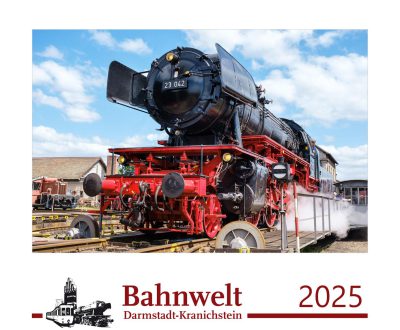
“Will 0815 be accepted?”
What sounds like an archaic ritual is actually just one of the building stones that make it possible to operate railways safely. The wheel-rail system allows for low rolling resistance, but at the same time requires very long braking distances. At 160 km/h, a train stops only after 1000 metres – driving on sight is not possible. Before a train sets off, it must therefore be ensured that the correct track is set, that there are no other vehicles on this track and that no other vehicles can enter the track.
As early as 1858, it was no longer necessary to rely solely on humans to do this, but began to shift more and more of the responsibility for ensuring that these conditions were met to technical systems. This development continues to this day, whereby the basic operating principles have remained unchanged regardless of the technology used, from the mechanical interlocking to the electronic interlocking.
In our museum, these operational and technical processes are demonstrated by means of two indoor mechanical signal boxes, the outdoor installations of which are represented by a model railway for reasons of space. Here you can observe or try out for yourself what all has to happen for a journey from Aschaffenburg-Nilkheim (using the standardised signal box from 1953) or to Neckarbischofsheim (using the Bruchsal “H” four-crank mechanism from 1902) until it is said:
“Train announcement! Train 0815 in Neckarbischofsheim.”

Am Sonntag, den 09.11.2025, bringen wir Sie mit der ELNA 184 ab Darmstadt Hbf zum Dieburger Martinsmarkt!
Genießen Sie dort den ersten heißen Glühwein, fahren Sie mit den Kindern Karussell und freuen Sie sich über ausgesuchte Leckereien und ein vielfältiges Angebot an mehr als 100 Ständen verschiedenster Anbieter!
Restkarten am Bahnsteig verfügbar!

Am Sonntag, den 30.11.2025, geht es mit 23 042 zum Weihnachtsmarkt in der Barockstadt Amorbach!
Ab Darmstadt, Langen, Frankfurt-Süd, Hanau oder Aschaffenburg das besondere Flair einer historischen Dampfzugfahrt erleben und einen schönen Tag in der weihnachtlich geschmückten Altstadt verbringen!

Nach dem Erfolg der Erstauflage für das aktuelle Jahr ist auch für 2025 ein Kalender mit zwölf einzigartigen und handverlesenen Aufnahmen historischer Eisenbahnfahrzeuge in authentischer Kulisse des Eisenbahnmuseums entstanden.
Der Kalender ist ab sofort online oder im Museumsshop erhältlich!
For better reading, the masculine form is used for personal names and personal nouns on this website. Corresponding terms apply in principle to all genders for the purpose of equal treatment. The abbreviated form of language is for editorial reasons only and does not imply any valuation.
Sie erhalten in Kürze eine E-Mail an die von Ihnen angegebene E-Mail-Adresse. Bitte bestätigen Sie Ihre Newsletteranmeldung über den darin enthaltenen Link.